The Lurking Horror
How to play The Lurking Horror
- Use simple text commands to interact with the environment (e.g., "look around," "open door").
- Explore different locations within the university to gather clues and items.
- Solve puzzles to progress the story and uncover the mysteries.
- Pay attention to the detailed descriptions to guide your actions and decisions.
The Lurking Horror Description
"The Lurking Horror," released in 1987 by Infocom, is a spine-chilling interactive fiction game set in a snowy university campus inspired by Miskatonic University from H.P. Lovecraft’s works. As a student, you find yourself at GUE Tech during a blizzard, attempting to finish a term paper. What starts as a typical night of study quickly devolves into a nightmare as you uncover dark secrets lurking beneath the campus.
In "The Lurking Horror," players navigate through the eerie corridors, basements, and hidden chambers of the university, solving puzzles and encountering strange creatures. The game's detailed text descriptions create an immersive and suspenseful atmosphere, making every discovery and encounter feel intensely real. As you delve deeper, the horrors become more palpable, and the stakes grow higher, requiring both wit and bravery to survive.
The game's text parser interface requires players to input commands to interact with the environment, manipulate objects, and communicate with characters. "The Lurking Horror" is celebrated for its rich storytelling, atmospheric tension, and challenging puzzles, making it a standout title in the interactive fiction genre on the DOS platform.
Cheats/Hints/Walkthroughs for The Lurking Horror
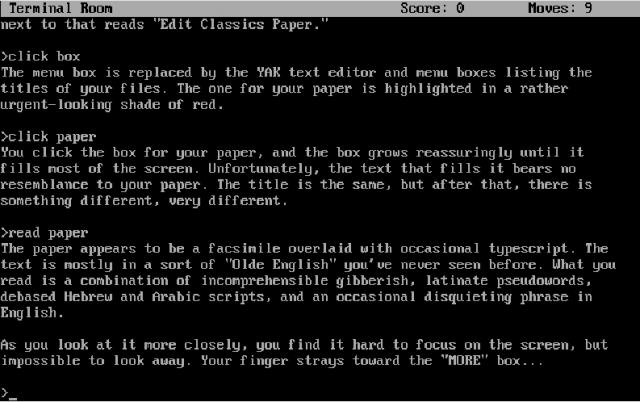
The Lurking Horror - additional information

The Lurking Horror: A Journey into the Depths of Horror Gaming
"The Lurking Horror," released in 1987 by Infocom, is a text adventure game that masterfully blends elements of horror and mystery. As a DOS game, it has earned a spot in the annals of classic gaming for its gripping narrative and atmospheric tension. Designed by Dave Lebling, one of the co-founders of Infocom, this game stands out as a prime example of interactive fiction that continues to captivate players decades after its release.
The Storyline of The Lurking Horror
Set in a fictional university called G.U.E. Tech, a thinly veiled nod to MIT, the game plunges players into a snowbound campus shrouded in darkness and mystery. The protagonist, a student, is tasked with submitting a term paper that seems to be mysteriously corrupted. As players delve deeper into the university's subterranean tunnels, they uncover an ancient, malevolent force lurking beneath the campus. The storyline is rich with Lovecraftian horror, creating an immersive experience that plays on psychological fear and the unknown.
Gameplay Mechanics and Features
"The Lurking Horror" is a text-based adventure, meaning players interact with the game through typed commands. This format requires a keen eye for detail and encourages imaginative participation, as the lack of graphical elements places a greater emphasis on descriptive text and player input.
- Text Parser Interface: The game utilizes Infocom's sophisticated text parser, which allows players to input a wide range of commands to interact with the environment. This system is both intuitive and challenging, rewarding players who think creatively.
- Atmospheric Descriptions: Detailed descriptions set the tone, from the eerie silence of the snow-covered campus to the unsettling noises emanating from the depths below.
- Puzzles and Challenges: The game is filled with puzzles that require logical thinking and careful observation. These challenges are intricately linked to the story, enhancing the sense of progression and immersion.
Impact and Legacy of The Lurking Horror
Upon its release, "The Lurking Horror" was lauded for its storytelling and atmosphere. It remains a touchstone for fans of interactive fiction and horror games. The game's ability to invoke fear through text alone is a testament to the power of well-crafted narrative and design.
- Innovative Use of Text: By focusing on detailed descriptions and player imagination, the game created a sense of dread that has influenced countless other horror games.
- Cultural Influence: The game is a beloved title among enthusiasts of classic DOS games and interactive fiction, often cited in discussions about the evolution of horror in video games.
Similar Games to Explore
For those who enjoyed "The Lurking Horror," several other classic games offer similar thrills:
- "Zork" Series: Also developed by Infocom, these games share the same text-based interface and rich storytelling.
- "Anchorhead": A modern interactive fiction game with a strong Lovecraftian influence, perfect for fans of horror and mystery.
- "Shadowgate": Although a graphical adventure, this game offers a dark and foreboding atmosphere that will appeal to fans of "The Lurking Horror."
"The Lurking Horror" is more than just a game; it's an experience that showcases the potential of interactive fiction to evoke strong emotional responses. Its place in the history of DOS games is well-deserved, and it continues to be a source of inspiration for game designers and players alike. Whether you're a seasoned gamer or new to the world of text adventures, "The Lurking Horror" offers a timeless journey into the depths of fear and curiosity.
Explore "The Lurking Horror" and other classic games on ClassicReload.com, where the magic of vintage gaming awaits.

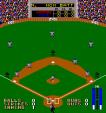




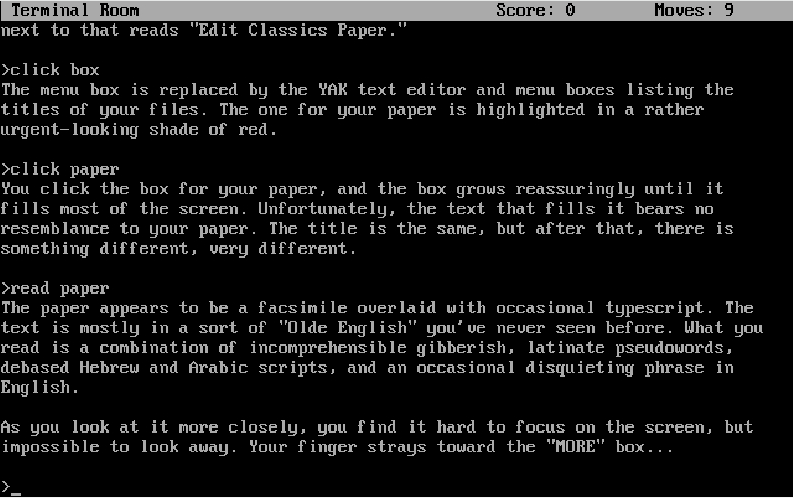



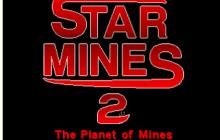
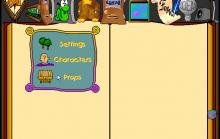

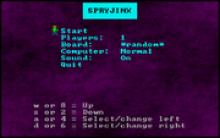
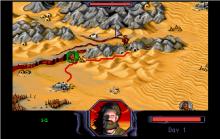

Write a comment